Ecommerce Website Design Mastery
In the digital age, an appealing and functional ecommerce website isn’t just an option — it’s a necessity. For small business owners, the worlds of online sales and design can be daunting, especially with the vast array of available platforms and the nuances of user experience and branding. This comprehensive guide aims to demystify the art of ecommerce website design, offering practical advice to create an online store that resonates with your audience, drives conversions, and stands out in a crowded marketplace.
Table of Content Ecommerce Website Design
- The Foundation: Choosing the Right Ecommerce Platform
- Showcasing Your Products with High-Quality Imagery
- Crafting a Seamless Shopping Experience with Responsive Design
- Expressing Your Brand Identity Through Design
- Mastering Product Pages for High Conversions
- Organising for Success with Product Categories
- Payment Processing and the Checkout Experience
- Empowering Sales with Automated Taxes
- Harnessing the Power of User-Generated Content
- Strengthen Customer Relations with a Robust Contact Page
- SEO Optimisation: The Law of Digital Attraction
- Hosting: The Backbone of Your Ecommerce Operation
- Custom Domains: Your Online Store’s Nameplate
- The Art of the Call-to-Action
- Navigating Success with Intuitive Menus and Structure
- Incorporating Social Proof for Credibility
- Designing With White Space
- Crafting a Unique Ecommerce Design
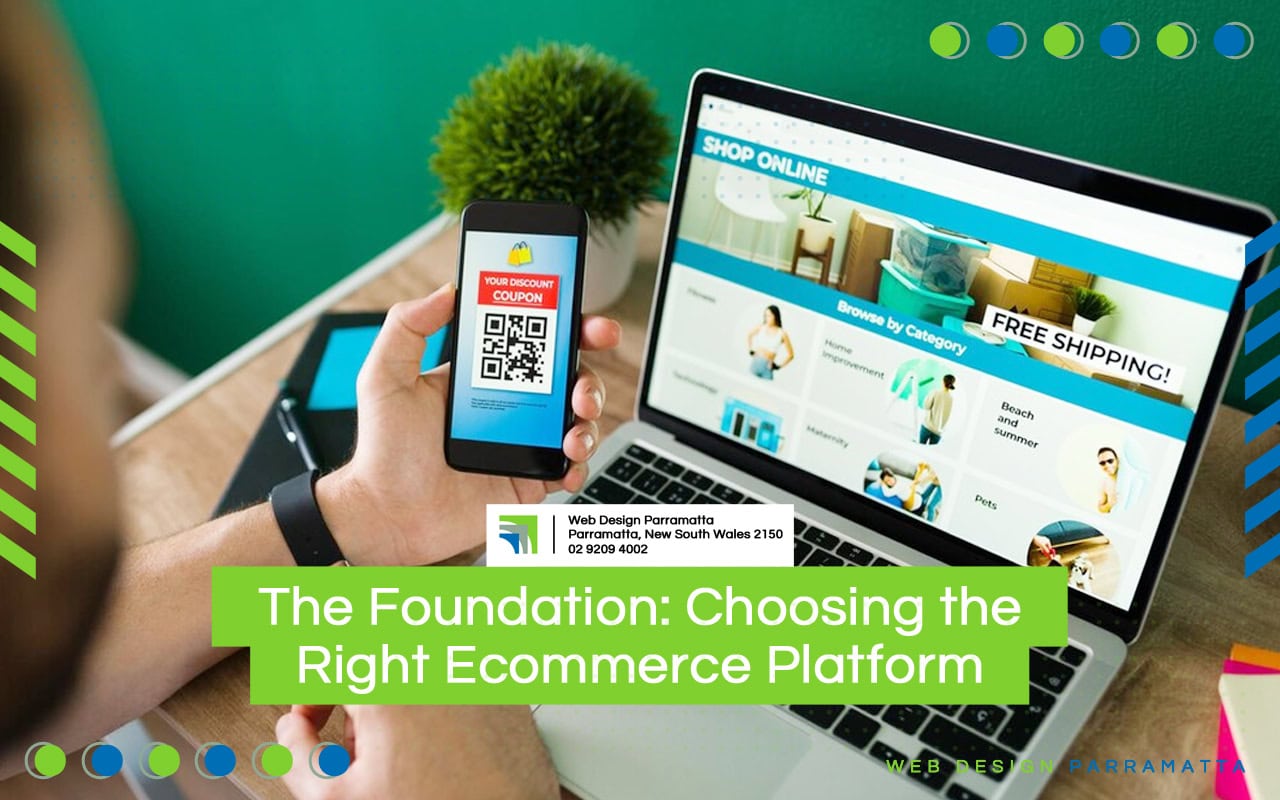
The Foundation: Choosing the Right Ecommerce Platform
Your online store architecture is built on the ecommerce platform you choose, making this decision a pivotal point in your web design process. Determine which platform best aligns with your online business goals, whether it’s the customizability of WooCommerce, the user-friendly interface of Shopify, or the open-source flexibility of Magento. Ensure the platform you choose is both affordable for your budget and scalable as your ecommerce business grows.
Best ecommerce website builder like Shopify provide a range of customizable themes that cater to different product types and markets. Explore these to gain insight into web design elements that elevate user experience. Consider a bespoke website design if your online store requires unique functionalities or if you want complete control over your site’s appearance.
Seeking for the best ecommerce website builder? consult with our expert team to help you make better decisions in choosing your ecommerce website builder.
Showcasing Your Products with High-Quality Imagery
Visuals are the heart of any ecommerce website. They have the power to captivate, inform, and persuade. For high-ticket items or digital products that require a close look, professional photography is non negotiable. Even low cost items can benefit from clear, high quality images that communicate their value.
Incorporate a mix of product images, lifestyle photos, and close ups that offer a complete picture. Tools like 360 degree photography and product videos can enhance the shopping experience further, high quality photos allows customers to examine items like they would in a physical store.

Crafting a Seamless Shopping Experience with Responsive Design
More and more consumers are shopping on the go on mobile devices, making responsive design a critical feature of any successful ecommerce website. A mobile-friendly layout is not only expected by customers but is also a significant ranking factor for search engines, which can contribute to better visibility for your online store.
Ensure that your website design adapts to various device sizes and resolutions, maintaining usability and visual appeal. Test your website design across different platforms and make adjustments to optimise the experience for every user.

Expressing Your Brand Identity Through Design
Your ecommerce design should be an extension of your brand identity. From color schemes that evoke the right emotions to typography that reflects the brand voice, every element of your website should reinforce who you are. Consistency in design elements helps build brand recognition and trust.
Integrate the story of your brand into your website design. Use banners, about pages, and landing pages to tell your brand’s history, values, and mission. These personal touches can create a connection with customers and set your ecommerce business apart from the impersonal big box stores.
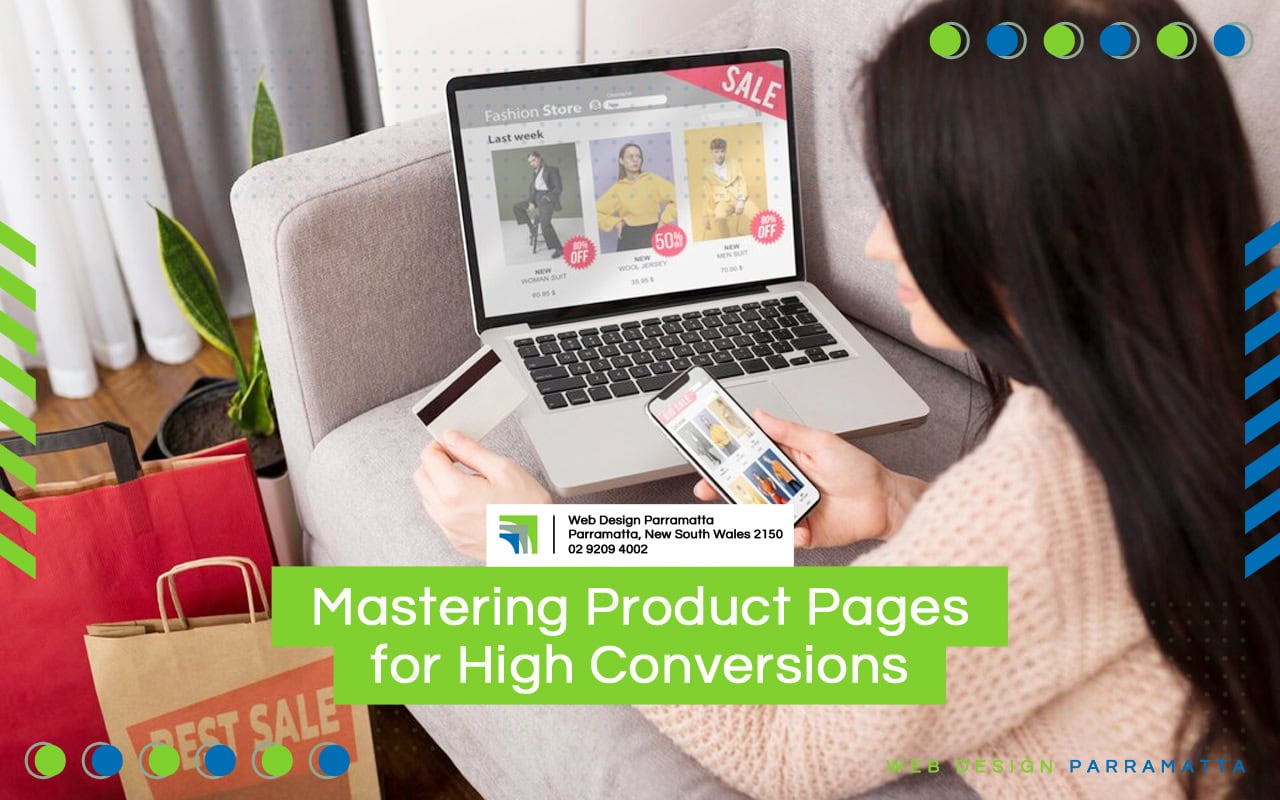
Mastering Product Pages for High Conversions
The product page is where the magic happens. It must be designed to inform and persuade, making the purchase decision as easy as possible for the customer. Each product page should include a clear and compelling product title, a detailed description, and high quality images.
Strategic placement of call-to-action buttons and a user-friendly navigation structure ensure that visitors can easily add items to their carts and proceed to checkout. Leverage best practices in ecommerce SEO to increase the visibility of your product pages on search engines, drawing in potential buyers.

Organising for Success with Product Categories
A well-crafted category structure in your ecommerce website makes it simple for customers to find what they’re looking for. Begin by grouping items logically, whether by type, use, or audience. If certain items cross over into multiple categories, consider using subcategories to offer more detailed organisation.
Product category pages in your ecommerce website can also serve as landing pages for search engine traffic. Optimise these for SEO and use them to guide users to featured or seasonal items that align with their interests and needs.
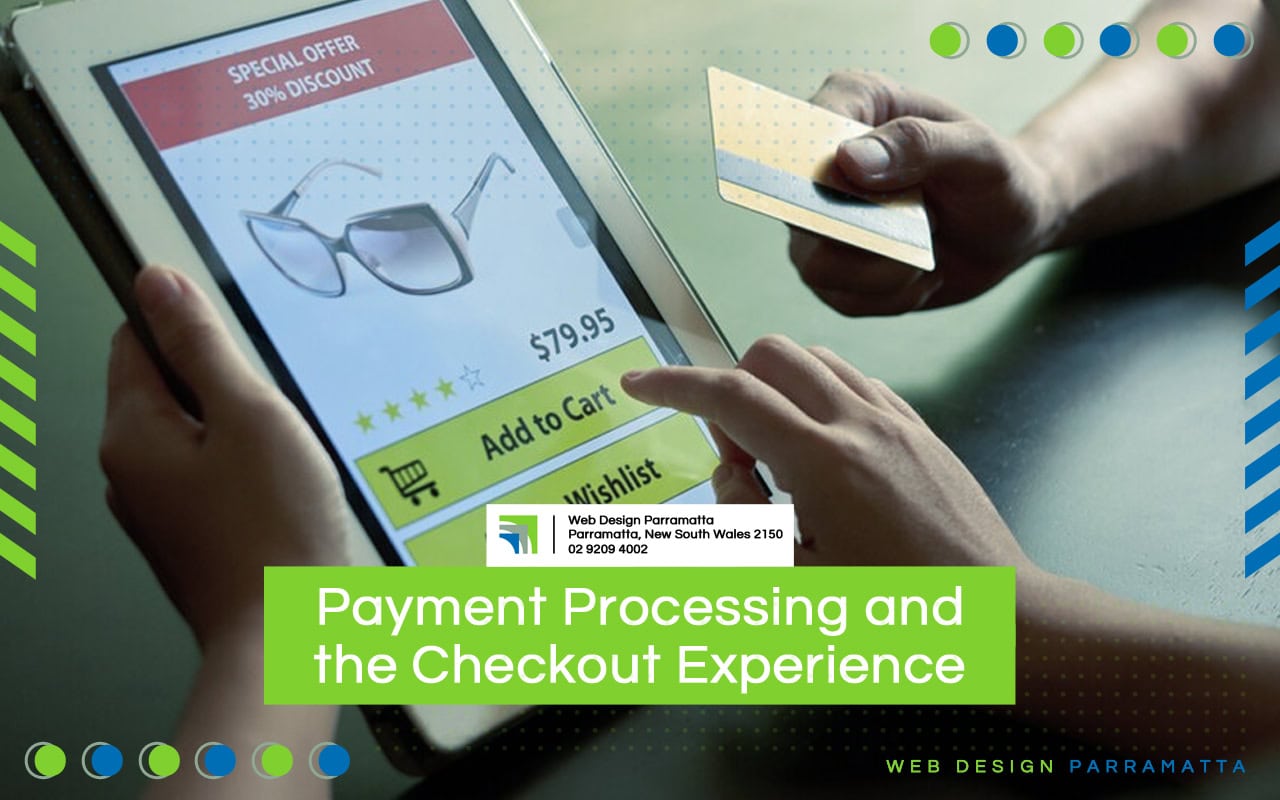
Payment Processing and the Checkout Experience
The checkout process must be secure, swift, and seamless in an ecommerce website. Choose a payment processor that is trusted and widely used, offering customers the comfort of familiarity.
The checkout experience in an ecommerce store should include options for guest checkout, account creation, and multiple payment options to accommodate different preferences.
Streamline the purchase process in an ecommerce website by auto-populating fields, offering to save customer information for future purchases, and including a progress bar to indicate the steps remaining.
The more friction-free the process of an ecommerce store the likelier customers are to complete their purchase and return to your ecommerce site in the future.
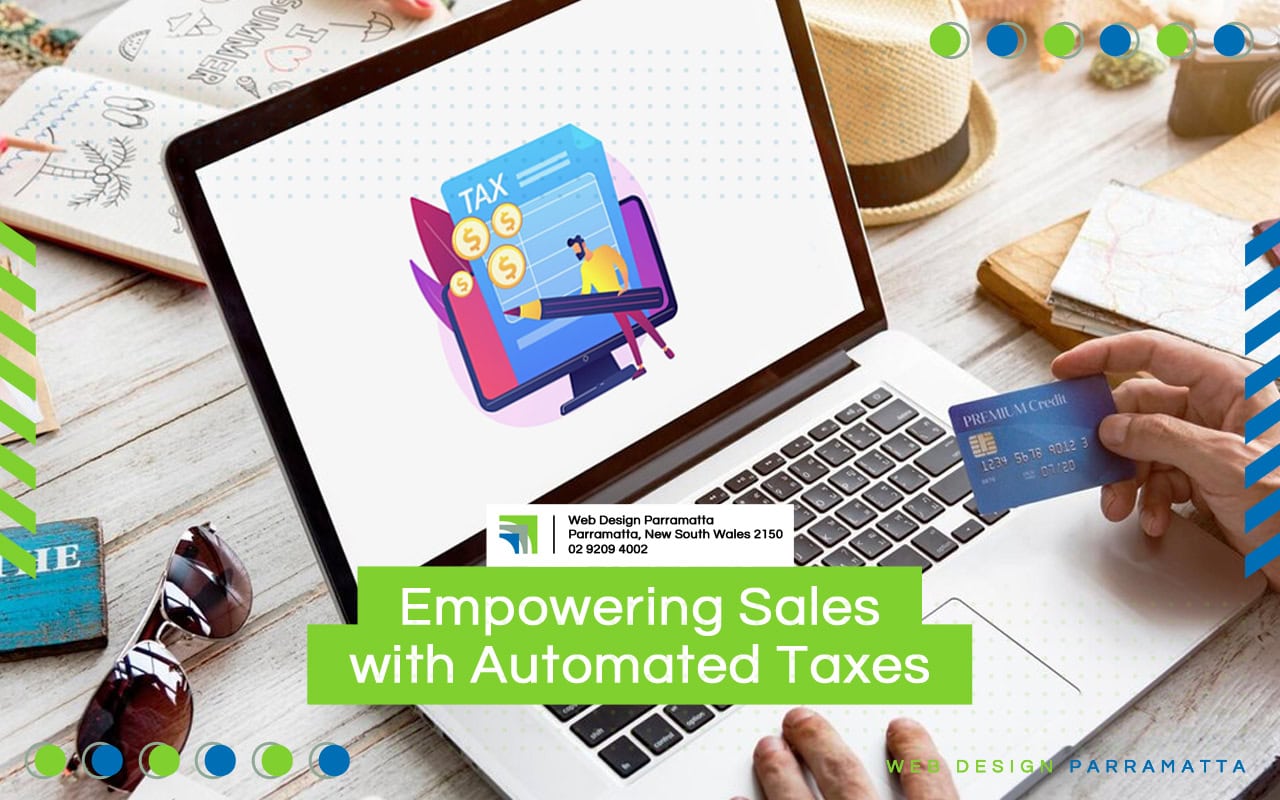
Empowering Sales with Automated Taxes
The complexity of sales tax can be overwhelming for an ecommerce business. Automated sales tax solutions integrate directly into your ecommerce website, calculating the appropriate tax on each sale and adjusting as tax laws evolve. This ensures compliance without overburdening you with administrative tasks.
By automating sales tax calculations in an ecommerce website, you free up time and resources to focus on growing your ecommerce business. A transparent tax process also adds credibility to your online store, a crucial aspect of building trust with customers when selling online.
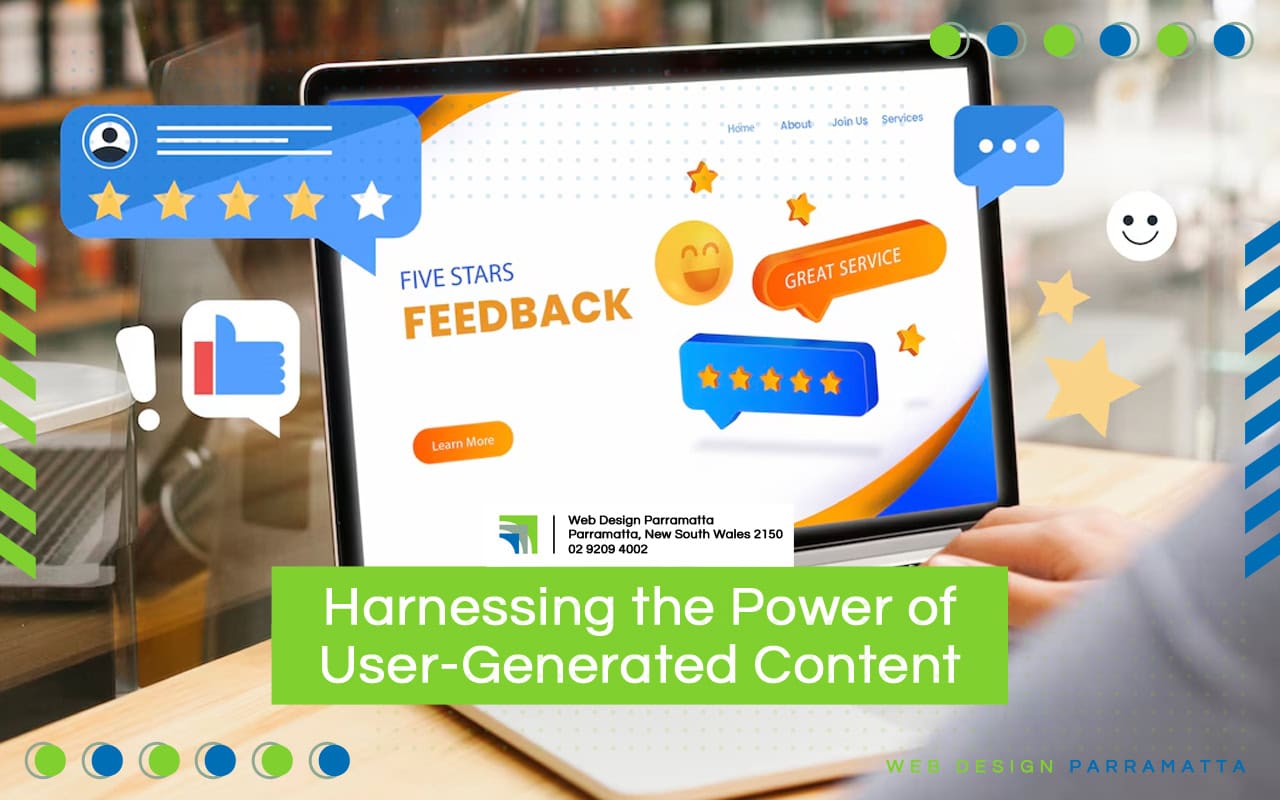
Harnessing the Power of User-Generated Content
Customers trust the opinions of their peers. User-generated content, such as reviews and testimonials, can influence purchasing decisions and build a sense of community around your ecommerce store.
Encourage customers to share their online shopping experience of your products through incentives and easy-to-use submission tools.
Display these testimonials prominently on your product pages. The social proof they provide is invaluable, helping new customers feel confident in their decision to buy from your online business.
Strengthen Customer Relations with a Robust Contact Page
An accessible and informative contact page can be a customer service hub. Include your physical address, mailing address, email, phone number, and a contact form for customer inquiries. Consider adding a live chat feature for real-time support, enhancing the shopping experience even further.
Prompt and helpful responses to queries can turn a hesitant shopper into a loyal customer. It also demonstrates that you are a legitimate, customer-focused business, which can alleviate any worries about making a purchase.
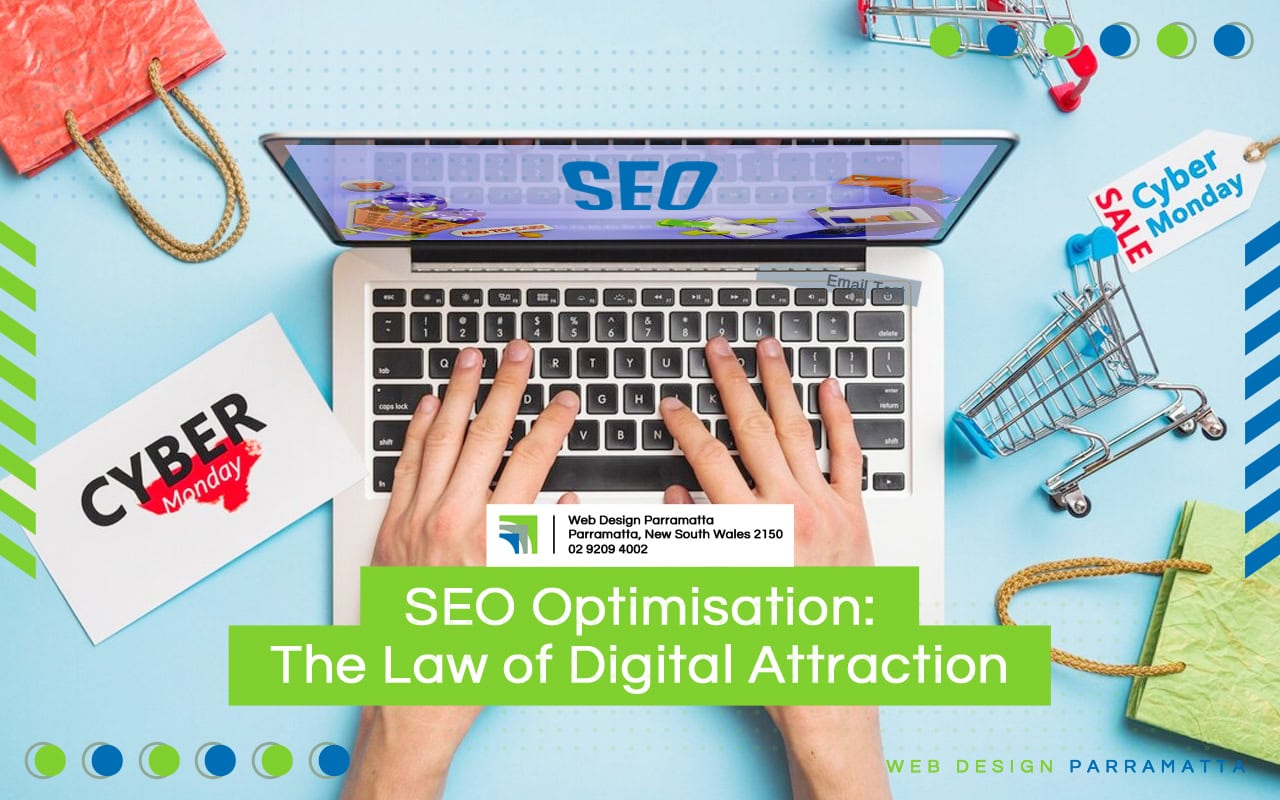
SEO Optimisation: The Law of Digital Attraction
Search engine optimisation (SEO) is the compass that guides traffic to your ecommerce site. Conduct keyword research to understand what terms potential customers are searching for, and integrate these strategically into your website content. Craft compelling meta-tags and descriptions that entice clicks in search results.
Optimising product descriptions and category pages enhances their visibility in organic search in an ecommerce websites. A blog can also serve as an educational resource for customers and a habitat for additional keywords, further strengthening the SEO of your ecommerce site.
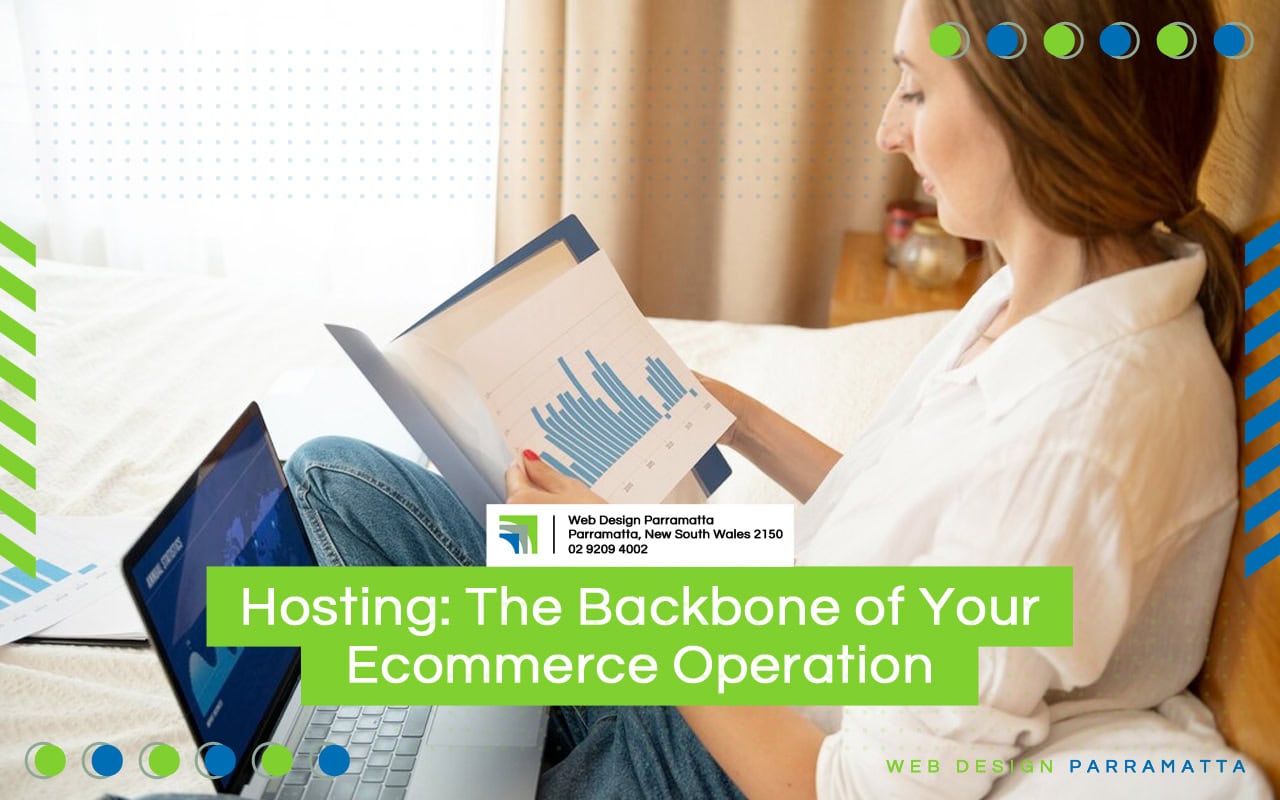
Hosting: The Backbone of Your Ecommerce Operation
The hosting provider you choose will impact the speed and reliability of an ecommerce websites. Consider the traffic your store anticipates, as well as the level of service and support you expect from your host.
Shared of Free hosting options may be appropriate for a young online stores, but as you grow, dedicated hosting may become necessary for your online stores.
Analyse the performance of your website regularly and make adjustments as necessary. Reliable hosting is a critical component in ensuring your customers have a positive shopping experience.
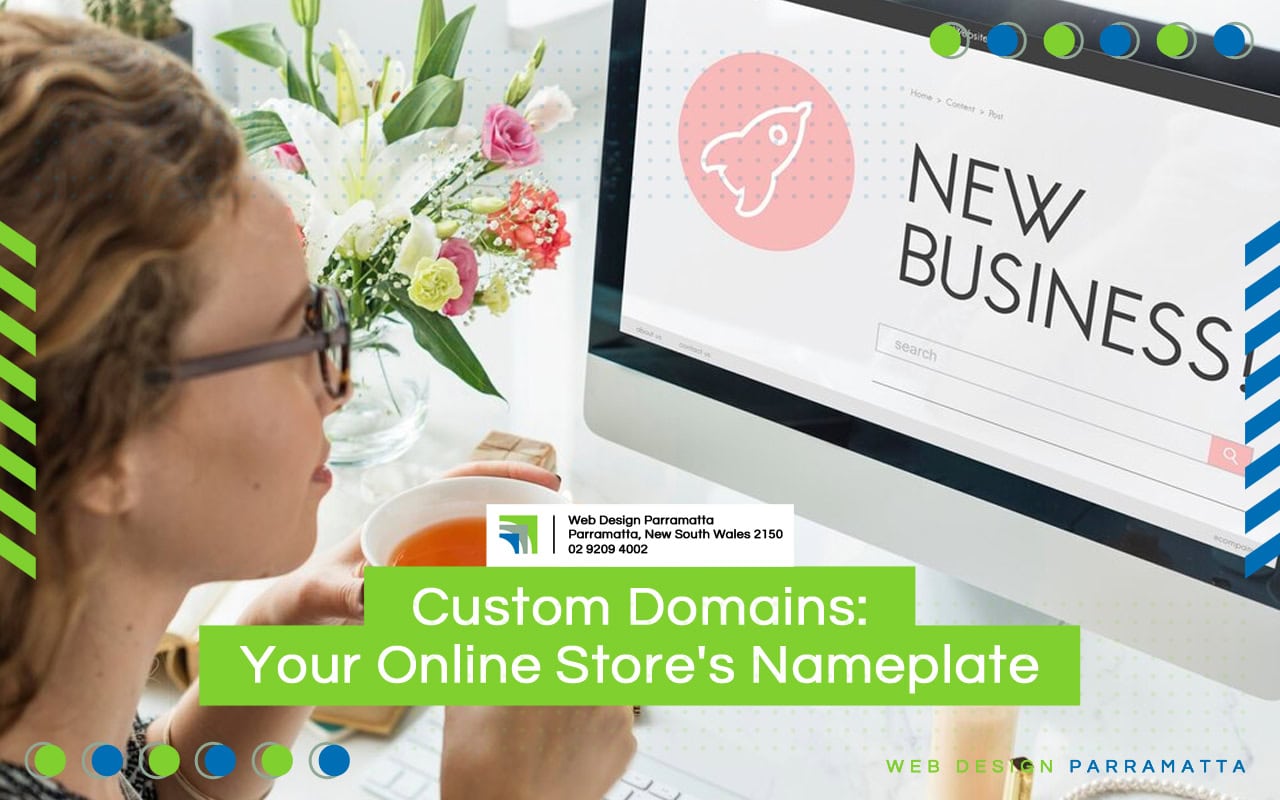
Custom Domains: Your Online Store’s Nameplate
A custom domain is to an ecommerce website what a storefront is to a physical store, it’s the first impression and a critical element in branding. Your site domain name should be memorable, reflective of your brand, and easy to spell. Register your domain and set up appropriate DNS settings to point it at your ecommerce website.
A site domain suggests professionalism and permanence, important signals for new customers who may be hesitant to buy from an unknown online vendor.

The Art of the Call-to-Action
Every page on your ecommerce website should feature a clear call-to-action (CTA), the visual or textual prompt that persuades the user to take the next step. Whether it’s adding an item to the cart, learning more about a product, or completing a transaction, your CTAs should stand out and be compelling.
Test different CTAs to understand what your audience responds to best. Use A/B testing to fine-tune their placement, design, and messaging for maximum effectiveness.

Navigating Success with Intuitive Menus and Structure
Smooth navigation invites exploration and aids in decision making. Menu bars, search bars, and internal linking help users find their way around your ecommerce site. A clear, logical structure alleviates confusion and frustration, leading to a more satisfying shopping experience.
Use analytics to understand how users move through your ecommerce site and make adjustments to your navigation structure based on their behaviour. A/B testing can also help optimise menu site design and content.

Incorporating Social Proof for Credibility
Social proof, the concept that people will follow the actions of others, is a powerful influence on buyer behaviour. Incorporate customer reviews, ratings, and social media mentions on your product pages to provide evidence of past satisfaction.
Trust badges, certifications, and affiliations can further establish your store as a trustworthy destination for shopping online. Transparency inspires confidence in your ecommerce store and helps convert browsers into buyers.

Designing With White Space
White space isn’t just the absence of content, it’s a functional web design element. It frames important content, improves readability, and creates a sense of luxury and spaciousness. Avoid the temptation to fill every inch of your ecommerce sites with information or imagery; space allows the eyes to rest and content to breathe.
Great ecommerce websites uses white space around product images, within text blocks, and between elements to guide the user’s attention. It’s a subtle but effective way for a great ecommerce website design to direct focus and convey a sense of calm to the shopper.
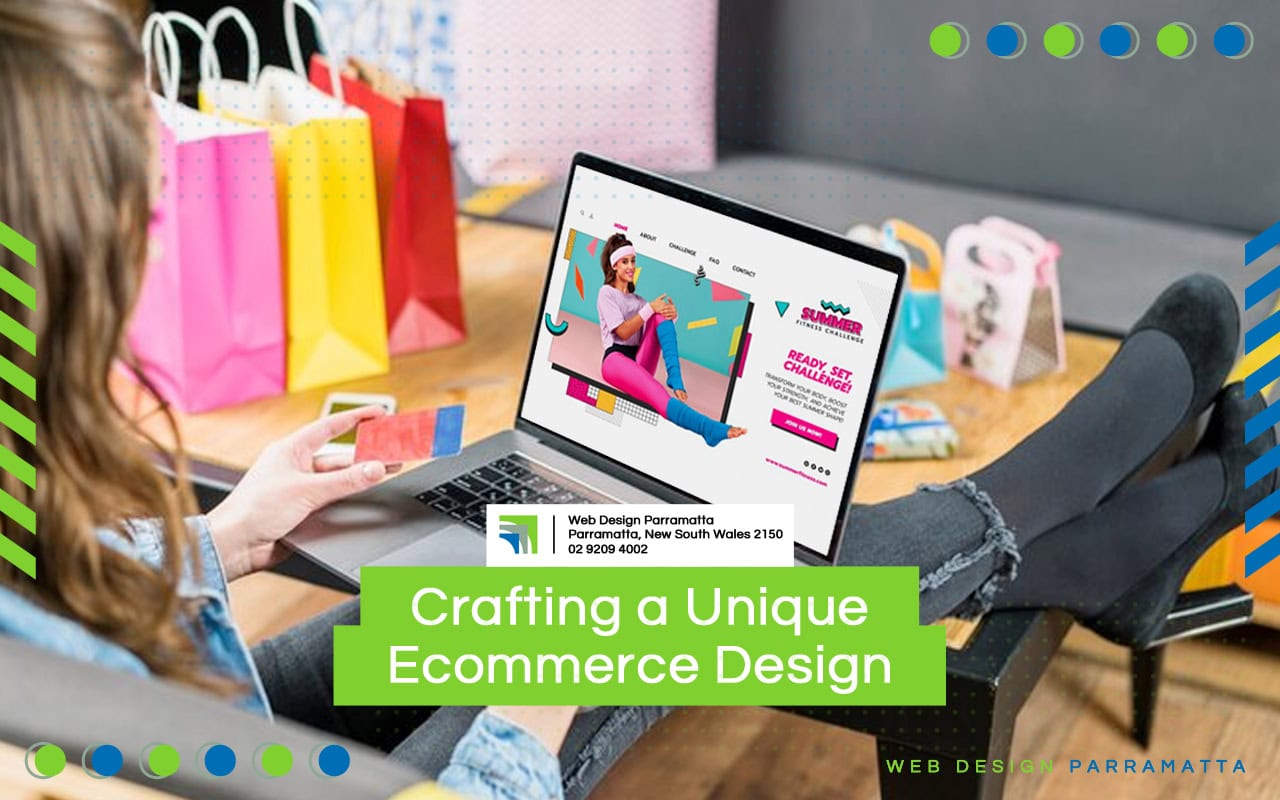
Crafting a Unique Ecommerce Design
Your ecommerce website design should reflect the uniqueness of your brand. While it’s essential to draw inspiration from successful website design, avoid the pitfall of simply mimicking another ecommerce store design. Invest in originality that sets you apart from the competition.
Consider custom illustrations, innovative page layouts, or a distinct colour palette that’s all your own. A unique design not only reinforces your brand identity but also makes browsing and shopping an unforgettable experience for your customers.
Ecommerce website design frequently asked questions?
What is ecommerce website design?
Why is search engine optimization important for my online store?
With great ecommerce websites and best practices, your site can stand out among competitors and appeal to your target audience.
SEO ensures that your ecommerce store is discoverable to potential customers searching for products online, driving traffic and sales. With the right SEO strategies and tools, your ecommerce site can reach its full potential and achieve success.
What are some best practices for designing ecommerce store?
- Utilise design examples from great ecommerce website examples for inspiration
- Ensure affordable prices are highlighted prominently on your e commerce website
- Tailor design to appeal to target audience and reflect brand story
- Choose an ecommerce platform with all the tools needed for a full ecommerce solution
- Utilise site builder and design templates for easy customization
- Showcase high quality photos of products and digital products
- Optimise product category pages for easy navigation and sales funnel progression
- Incorporate natural materials and technical certifications to enhance credibility and trust
What are some common mistakes to avoid in ecommerce Business?
- Gather inspiration from design examples and great ecommerce websites examples
- Tailor design to target audience preferences and brand story
- Choose an e commerce platforms offering a full ecommerce solution for free ecommerce stores
- Utilise site builders with key elements for creating your own store
- Ensure seamless navigation and sales funnel progression through site design
- Showcase high-quality product photos, especially for digital products
- Incorporate natural materials and display technical certifications for credibility
How much does it cost to design an ecommerce website?
Basic packages may start with free hosting and design templates, but more advanced features like responsive design, custom site domains, and payment options may incur additional costs.
Investing in user-friendly interfaces, and social proof elements can enhance brand recognition and attract potential customers.